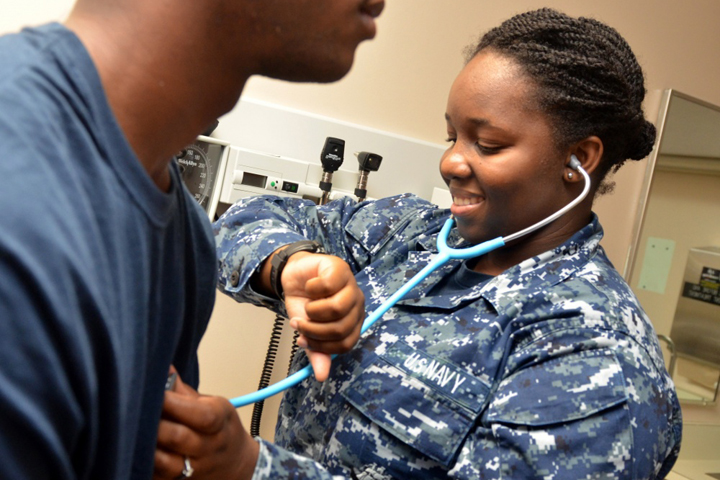Gender Matters for Heart Health
Almost everything we know about women’s heart diseases comes from…men, but this is changing. Research on how heart diseases manifest in men and women keeps growing. The more pharmacists understand these nuances, the more efficient and personalized their counseling can be
What are the tell-tale signs that somebody may be having a heart attack? Well, as it turns out, it isn’t as clear-cut as in the movies, and men and women may experience heart disease differently. Pharmacists are advised to learn these gender-related differences, and tailor their counseling accordingly.
While chest pain is the most recognizable and common of heart attack symptoms for men and women, for female patients, it may not be the first to show, and for some, it may not be a thing at all. According to an article published in the Archives of Internal Medicine, researchers who examined 35 years of research found that between 30 and 37 percent of women did not have chest discomfort during a heart attack.
Symptoms in Women Are More Numerous
Some women may not feel pain per se, but a sense of squeezing or burning in the chest, or pressure in the lower chest or upper abdomen. Women experiencing a heart attack or other form of acute coronary syndrome have also reported extreme fatigue or weakness; back, jaw or neck pain; shortness of breath; nausea or vomiting; indigestion; loss of appetite; cough; dizziness; and palpitations.
In an article for the Washington Post, Laxmi Mehta, director of the Women’s Cardiovascular Health Program at Ohio State University’s Wexner Medical Center, states there are other signs, such as pain that worsens on exertion and subsides or stops when the patient stops, sudden cold sweats, or severe abdominal pressure, that may foreshadow a woman’s heart is in trouble.
In some cases, women may not see all heart attack signs all at once, but rather, symptoms may develop over time, sometimes as long as a month, according to Mehta.
Heart Attacks Are Not Just a “Man’s Problem”
Women tend not to worry about heart disease. Heart disease is the leading cause of death in women, yet, according to a survey by the American Heart Association, only 13 percent of women said it was their greatest personal health risk. Because heart disease develops, on average, seven to ten years later in women than in men, the threat may not seem imminent.
Historically, women have been underrepresented in clinical studies of heart disease, so we still have quite a bit to learn about the uniqueness of this condition in women. Moreover, the belief that women’s exposure to endogenous estrogen “protects” them against the condition, has caused many to accept cardiovascular disease as a “guy’s thing.”
This belief is particularly pernicious because this hormonal protection tends to dissipate after menopause. The psychosocial association of cardiovascular disease with men also means physicians talk to their female patients about coronary risk less, if at all, and may struggle to recognize symptoms in women.
Educate Your Patients
We’ve really only scratched the surface on the subtleties and interplay between gender and cardiovascular disease. As a healthcare professional, your expertise and advice can help improve your patients’ lives, or even save them.
The Division of Pharmacy Professional Development at the University of Wisconsin-Madison will hold its annual Milwaukee conference this September where you will learn about gender-related health issues.
References
Blakemore, E. (2017). Are women’s heart attacks really that different from men’s? The Washington Post.
Gender matters: Heart disease risk in women. Harvard Health Publishing. 2017.
Heart attack symptoms in women—are they different? National Institutes of Health. 2007.
Jackson, E. A. (2015). Gender in cardiovascular diseases. American College of Cardiology.
Maas, A. H., & Appelman, Y. E. (2010). Gender differences in coronary heart disease. Netherlands heart journal: monthly journal of the Netherlands Society of Cardiology and the Netherlands Heart Foundation, 18(12), 598–602. doi:10.1007/s12471-010-0841-y.
